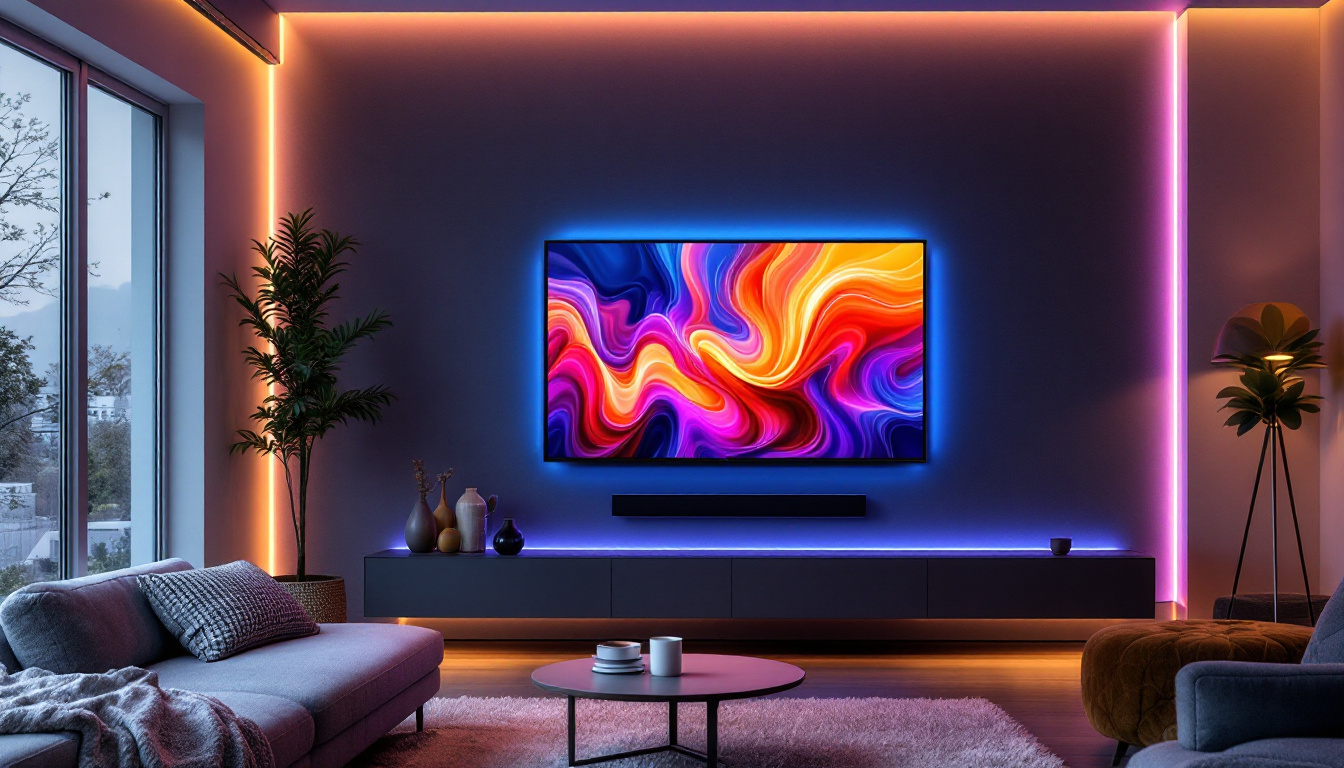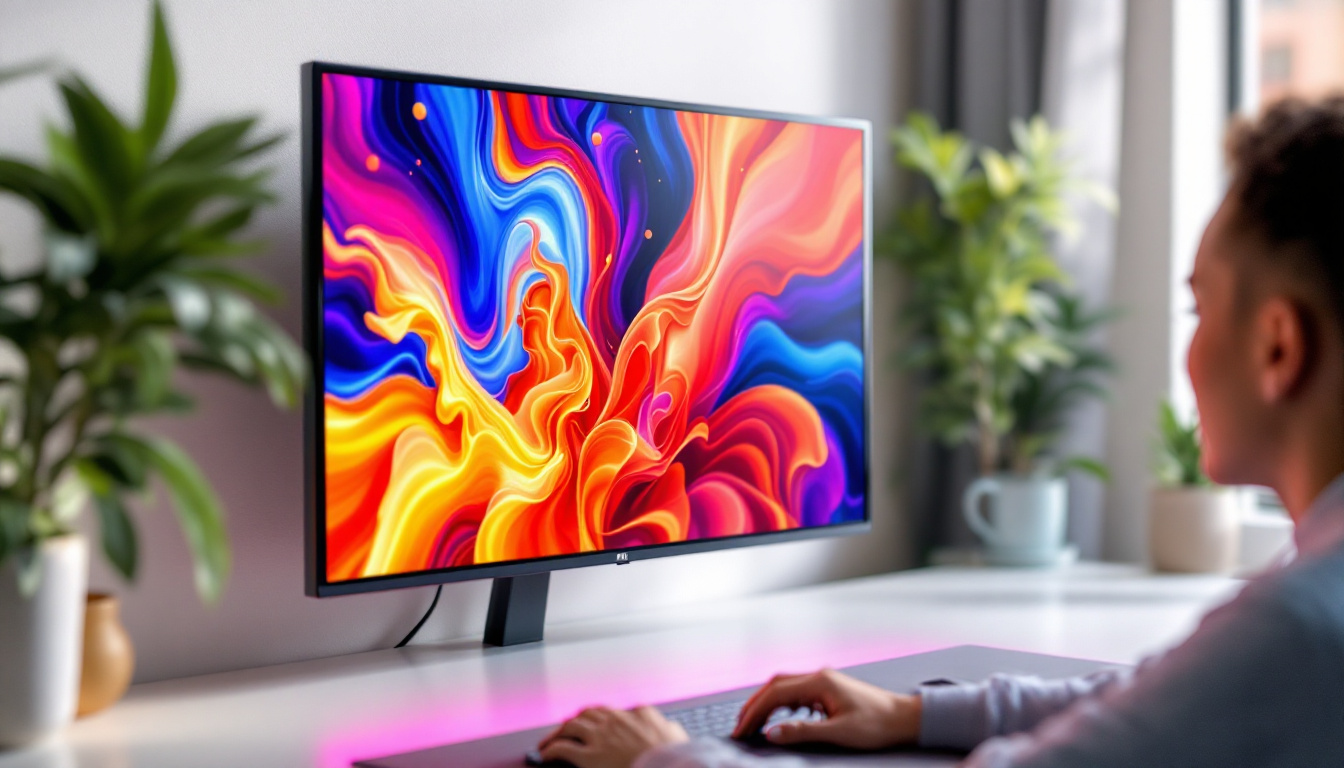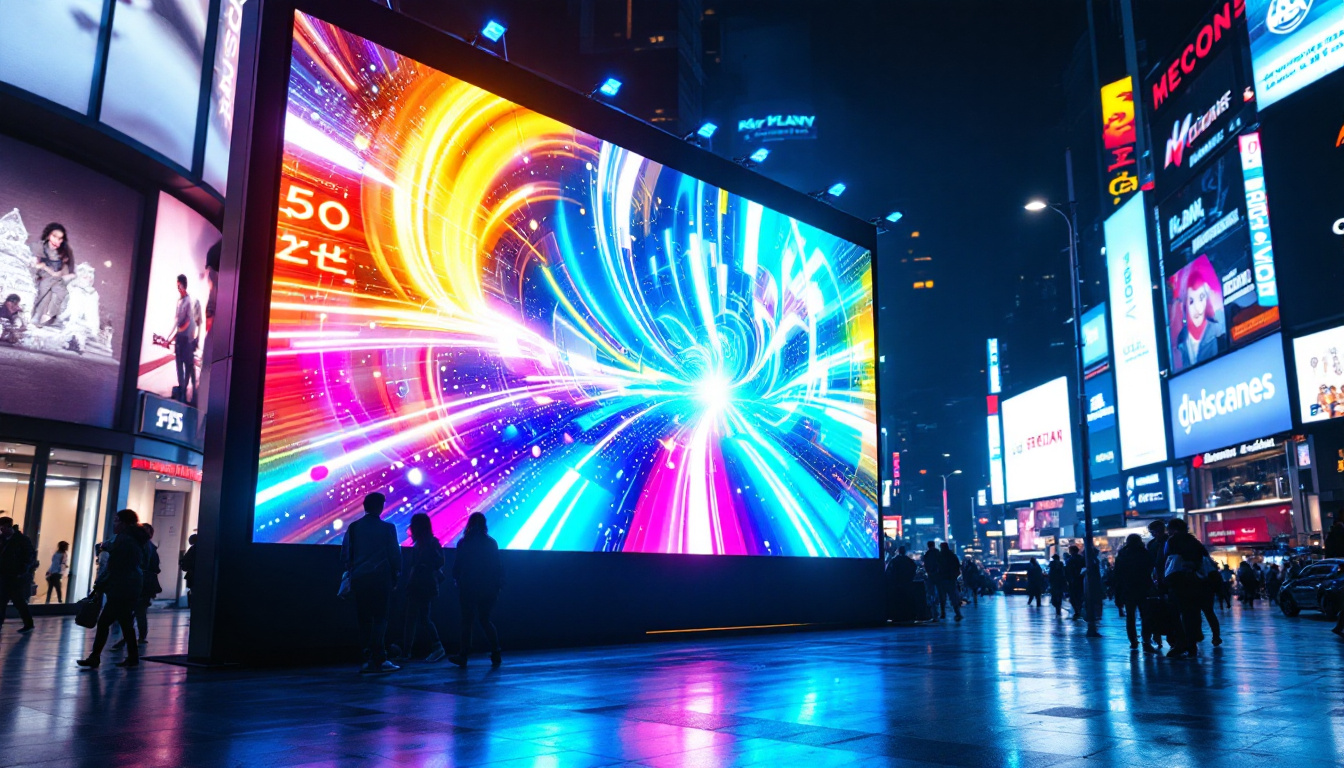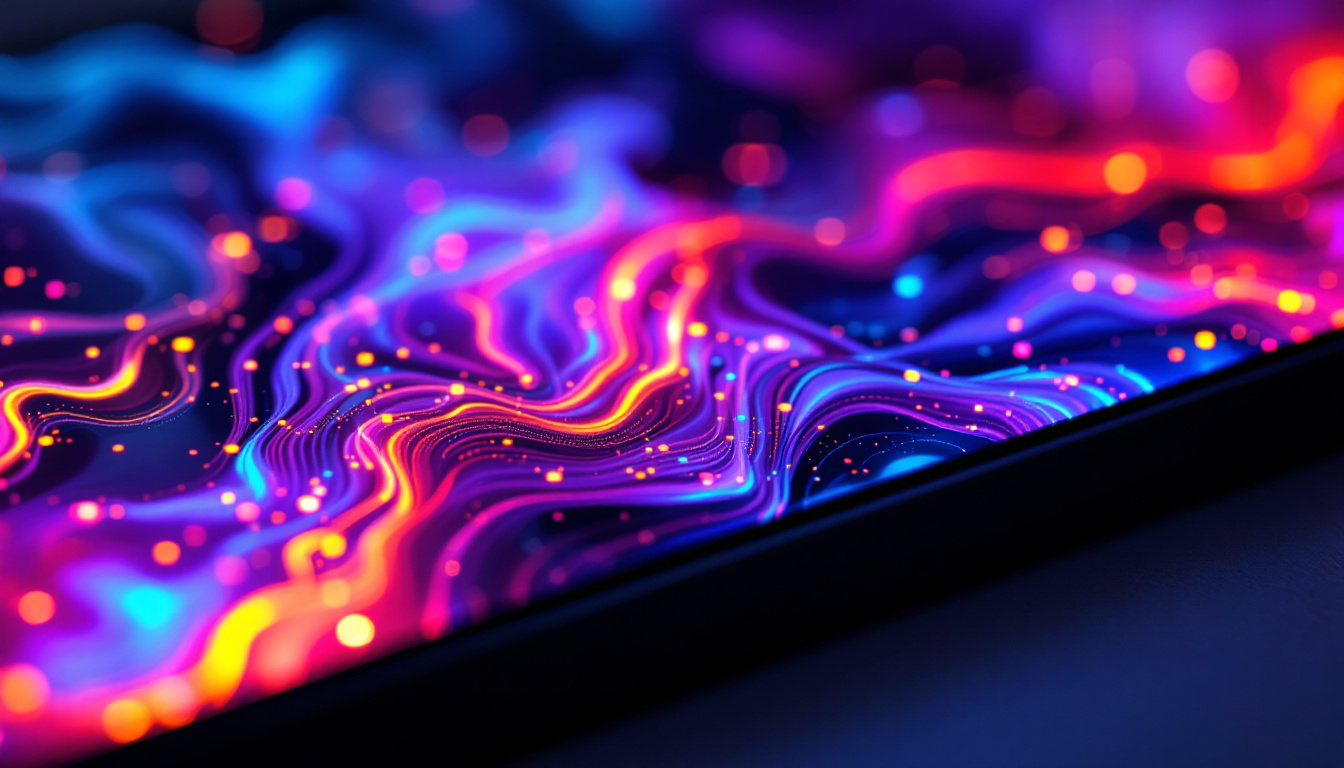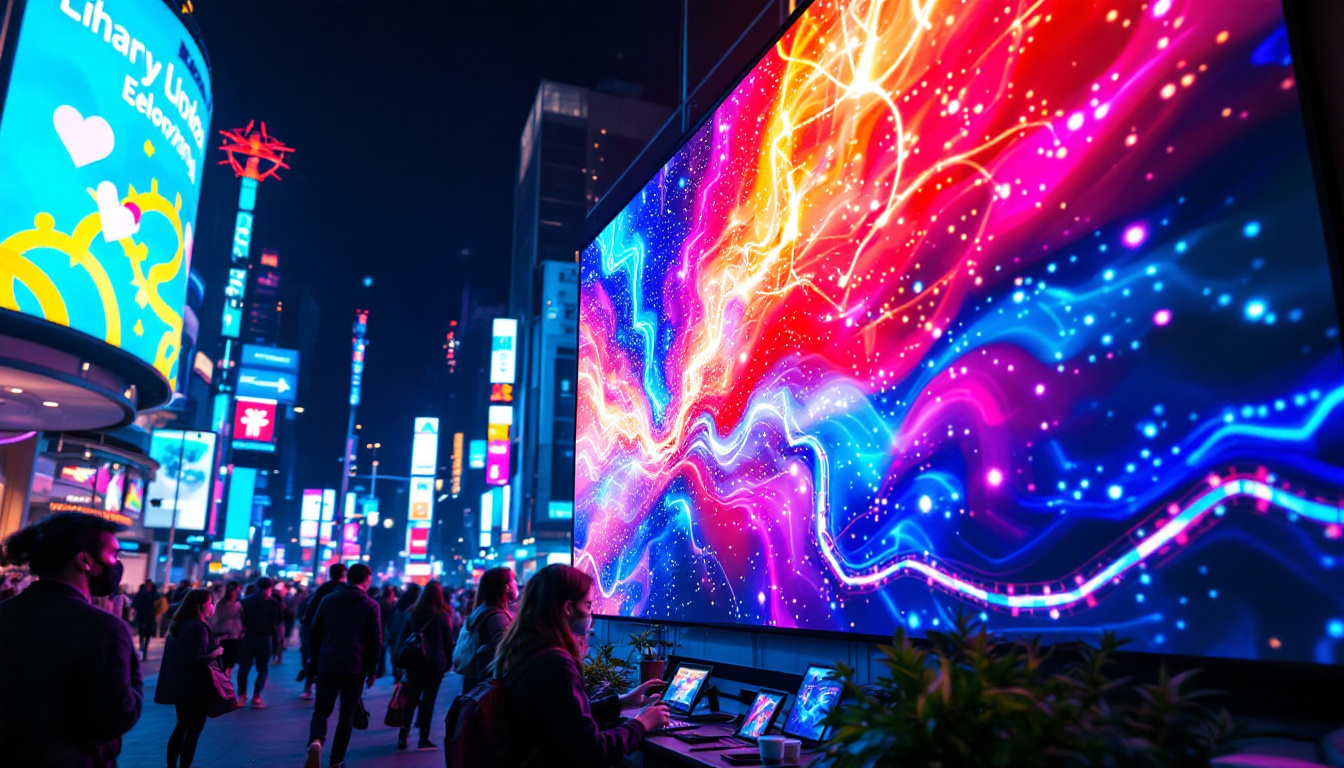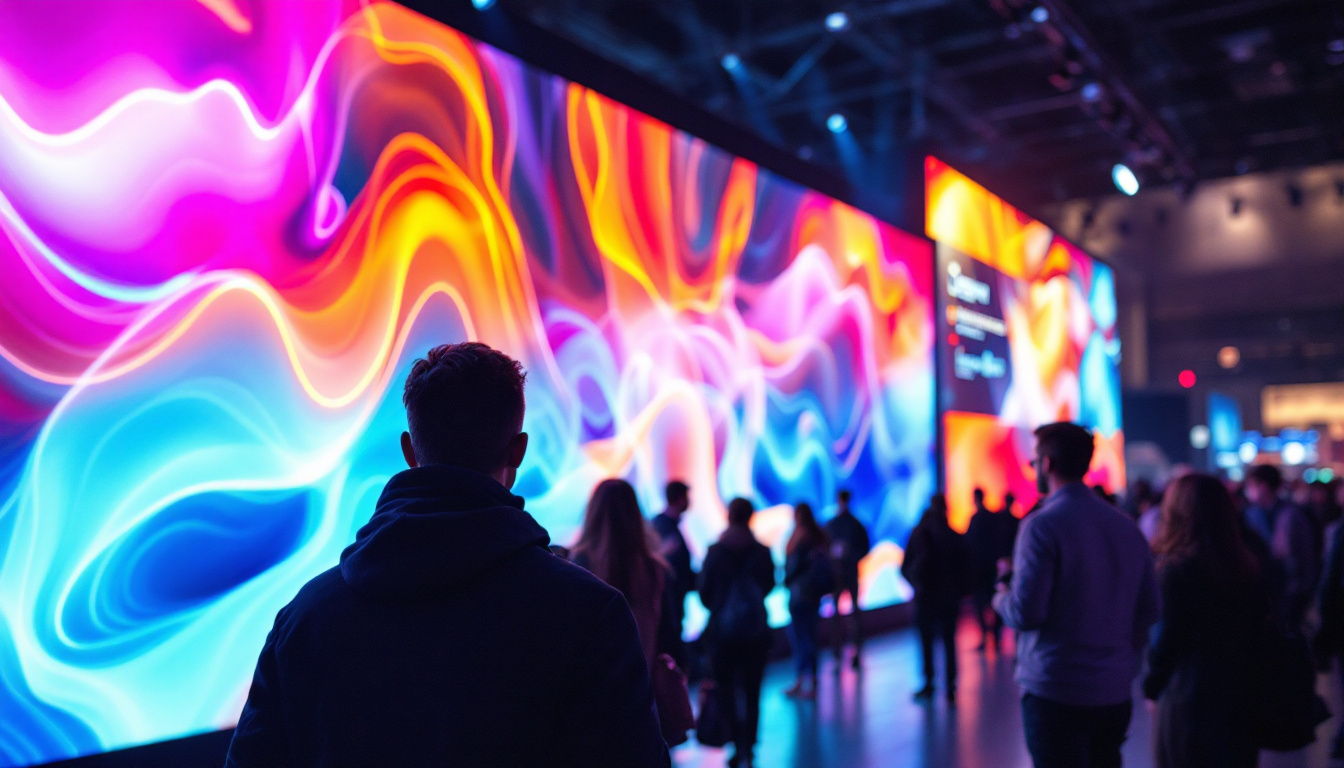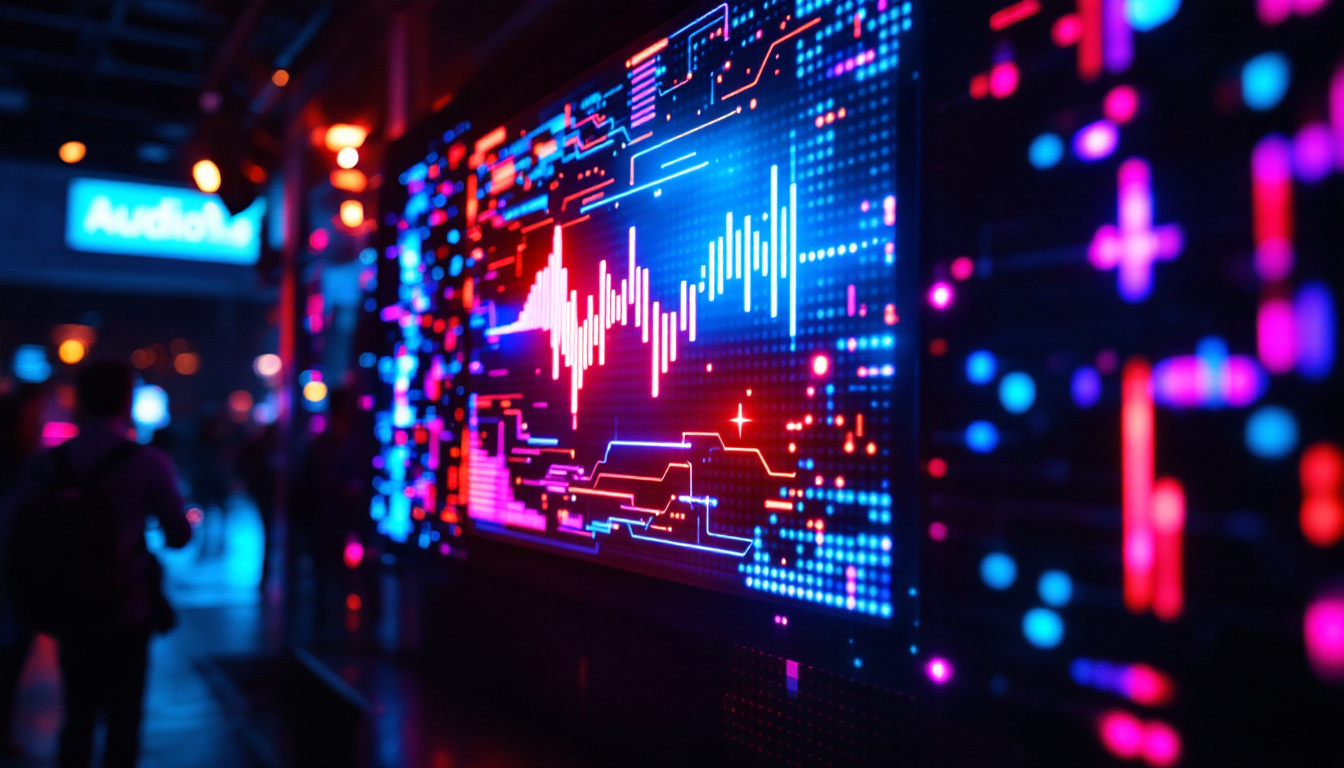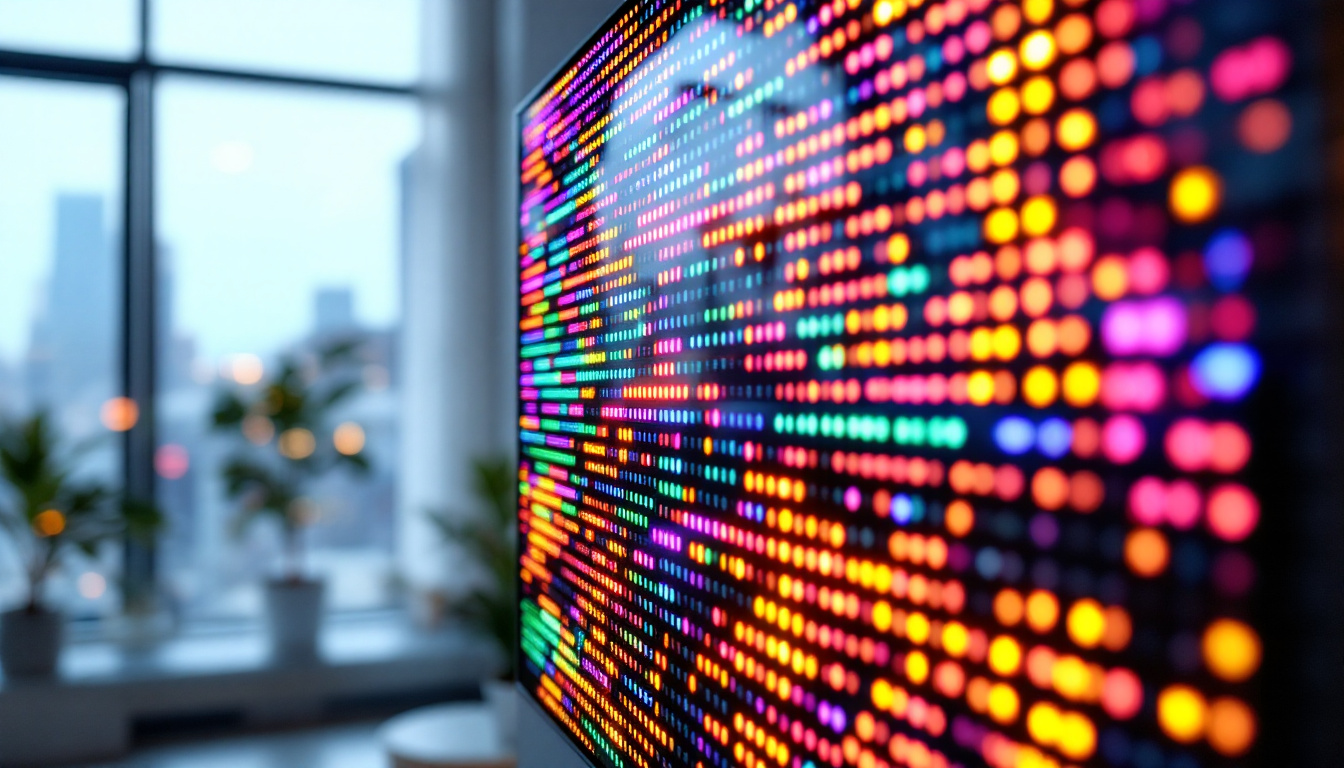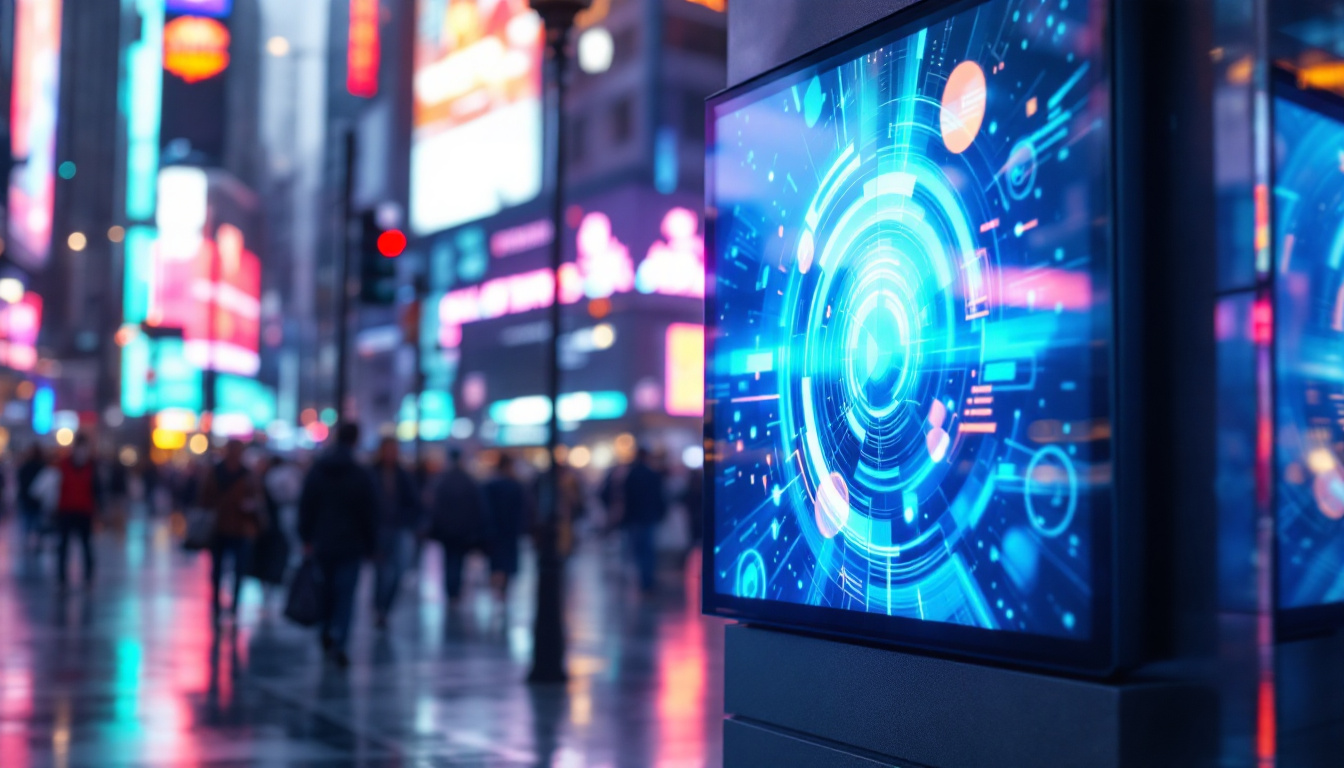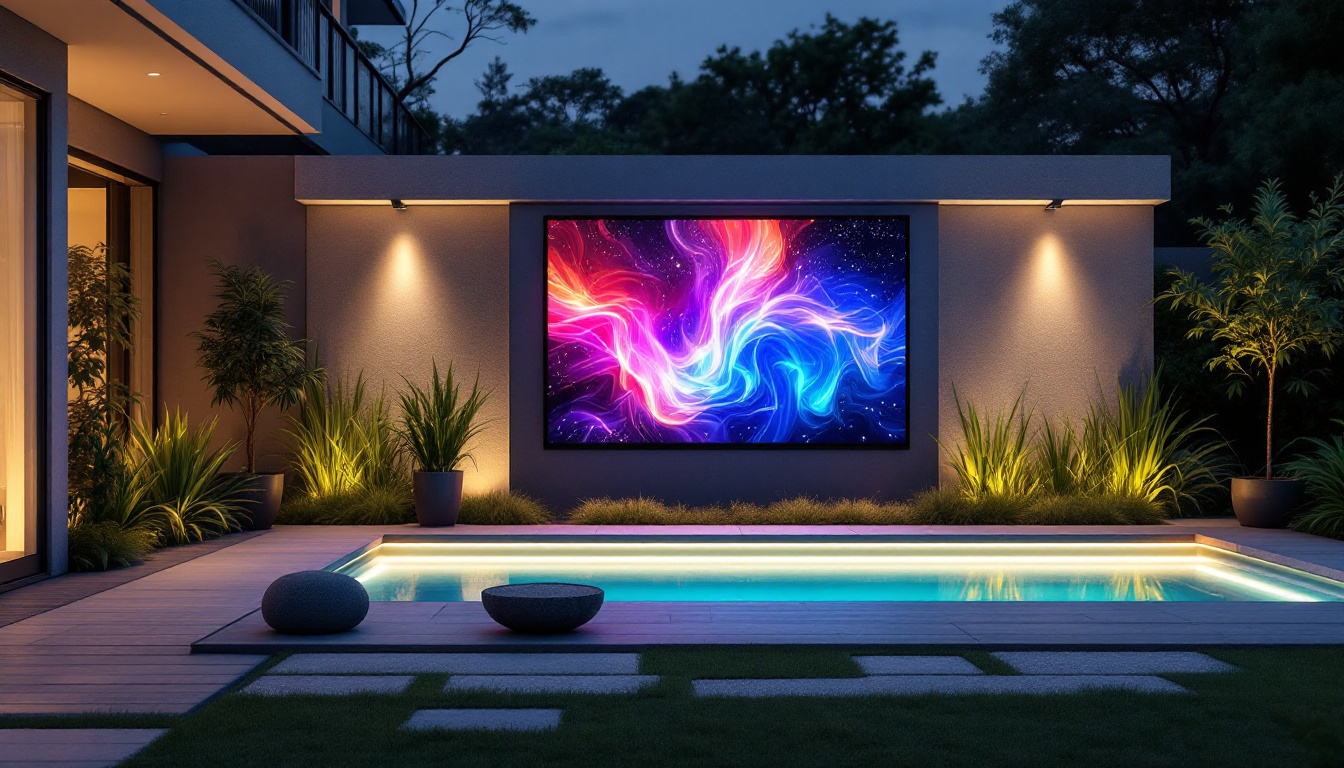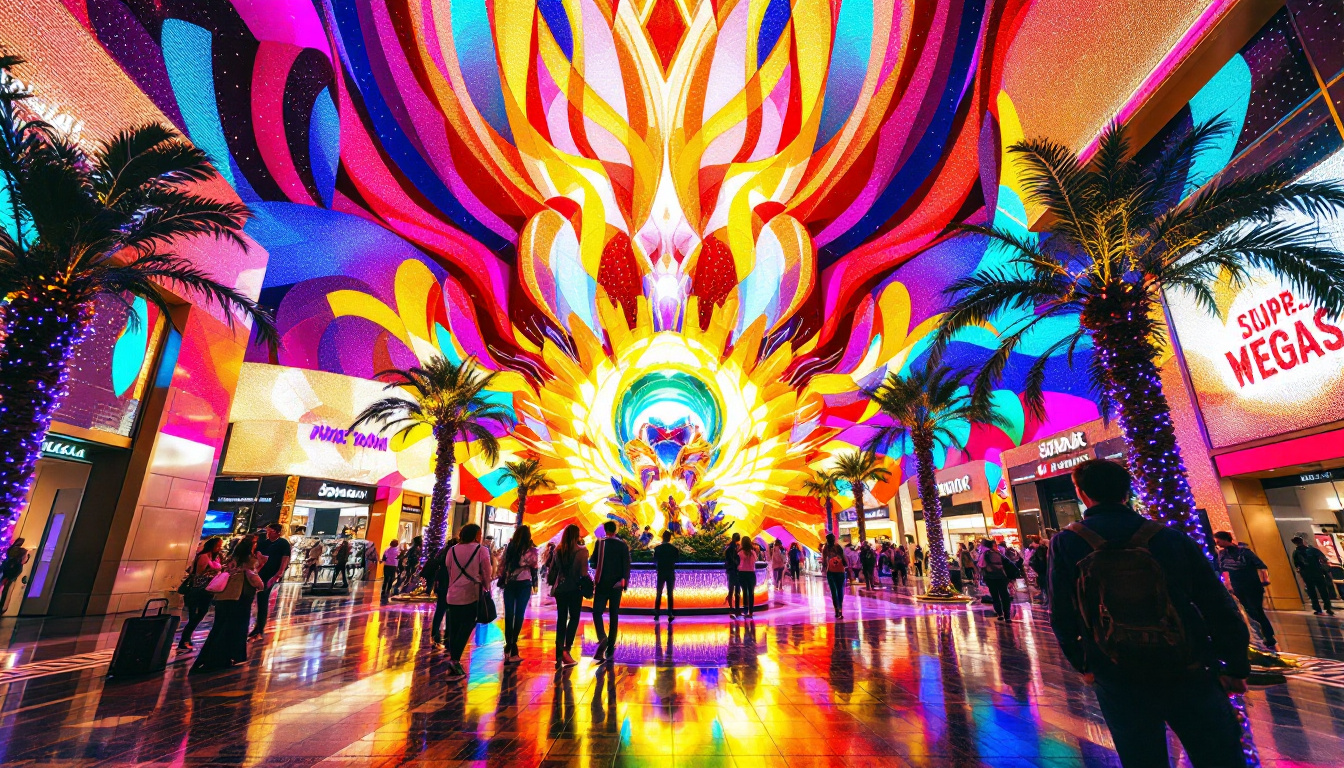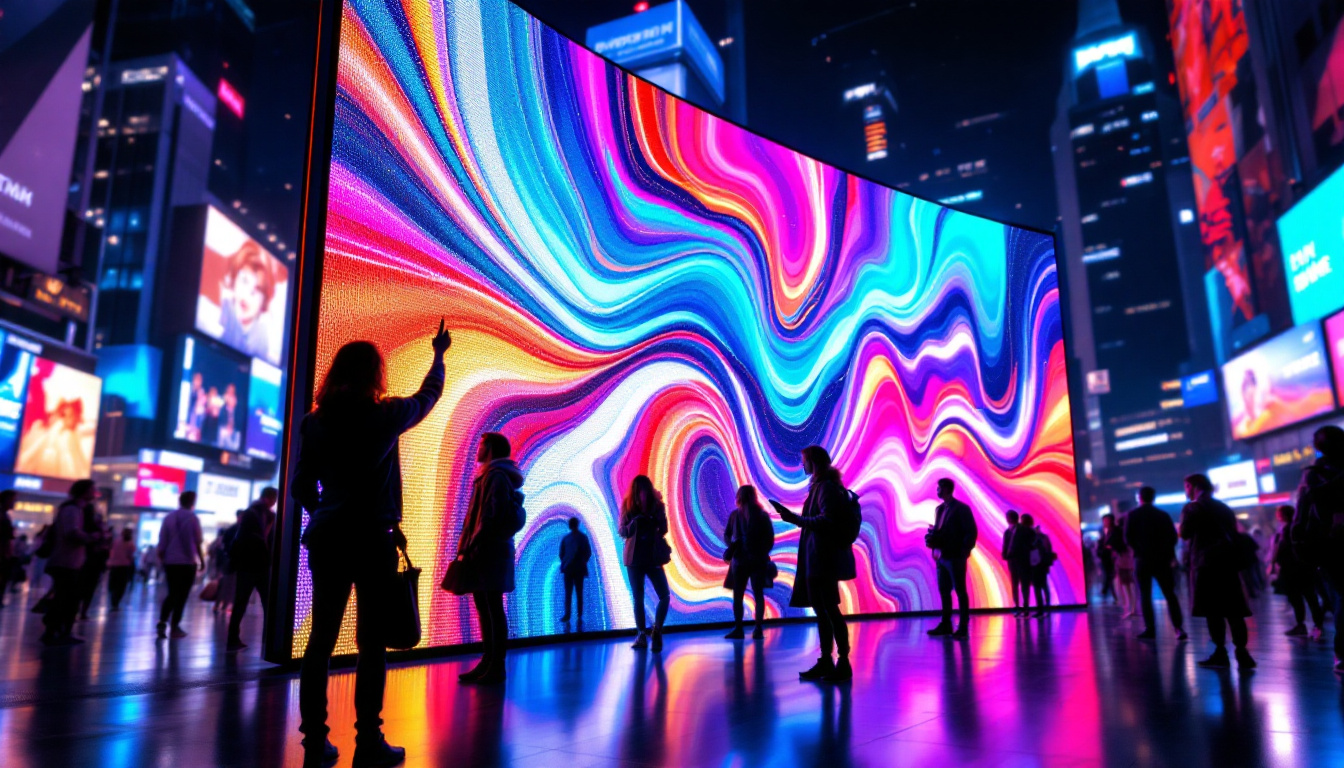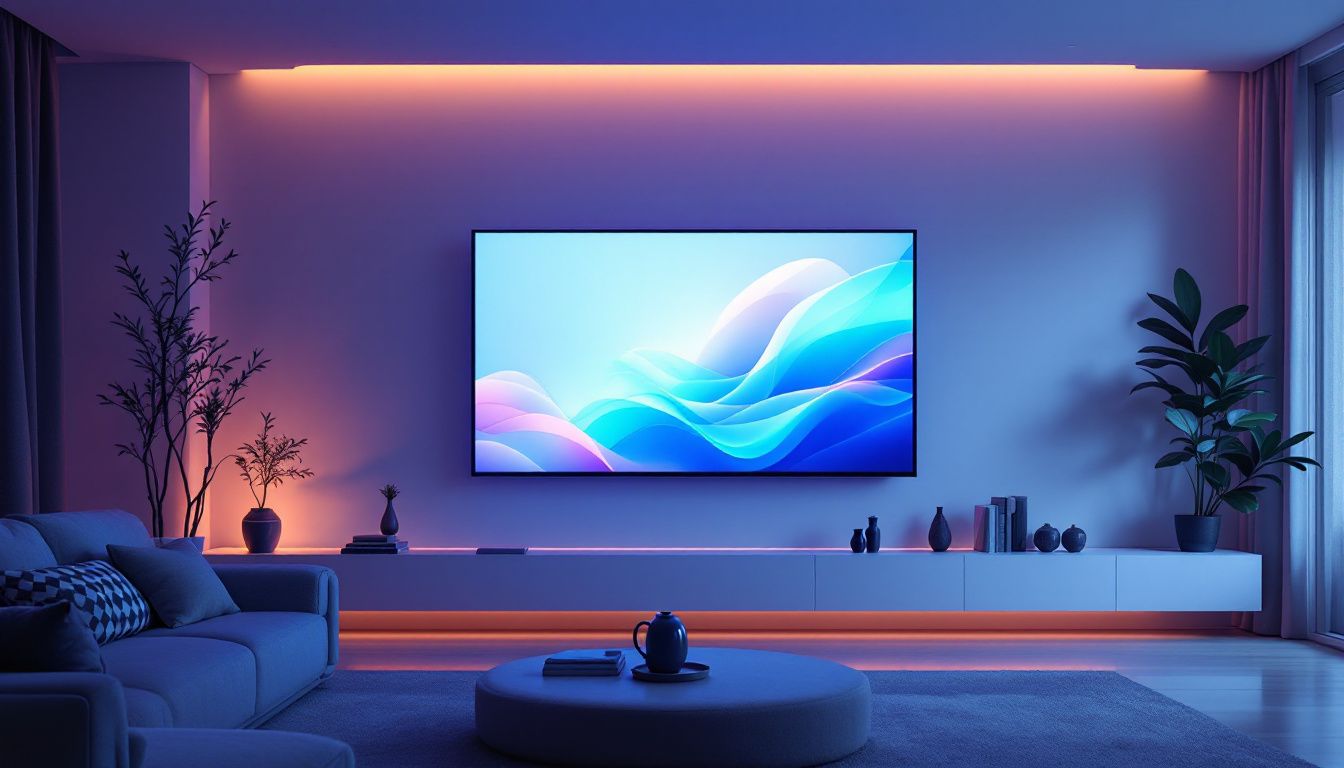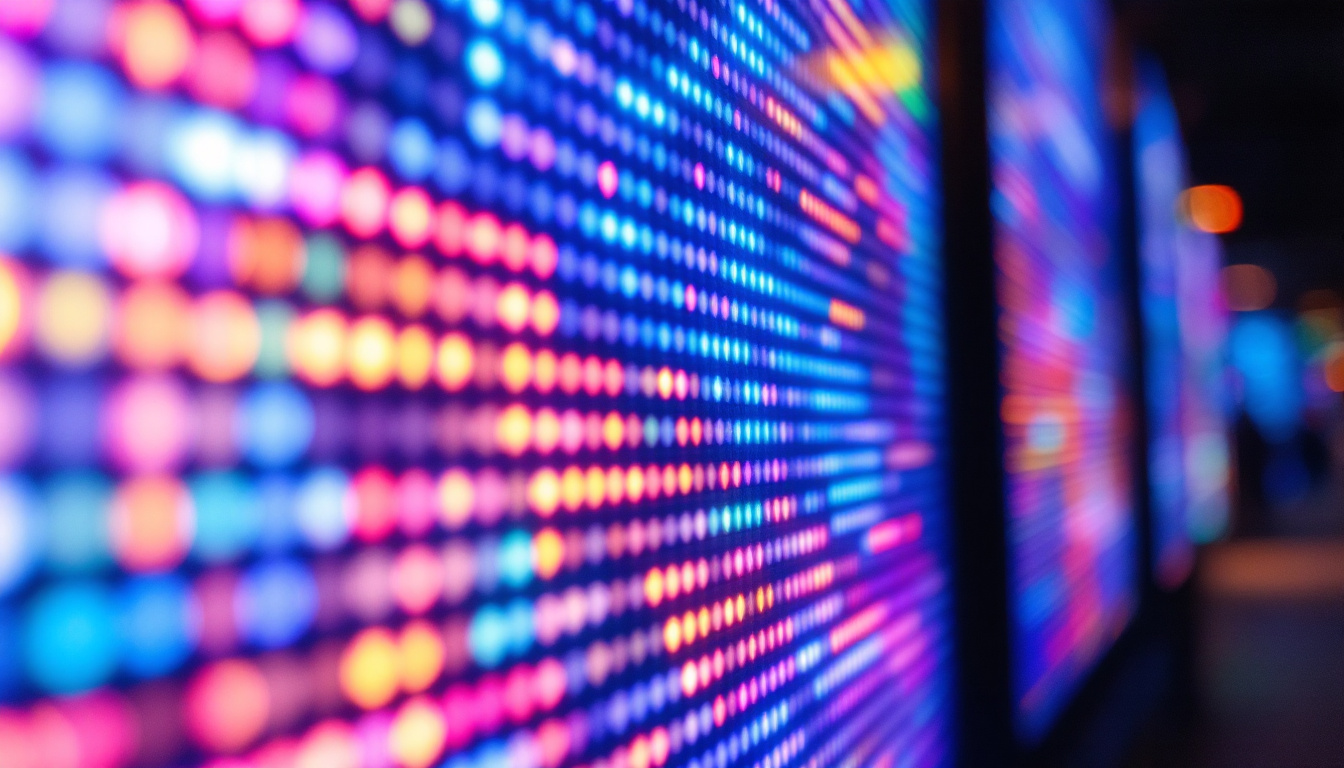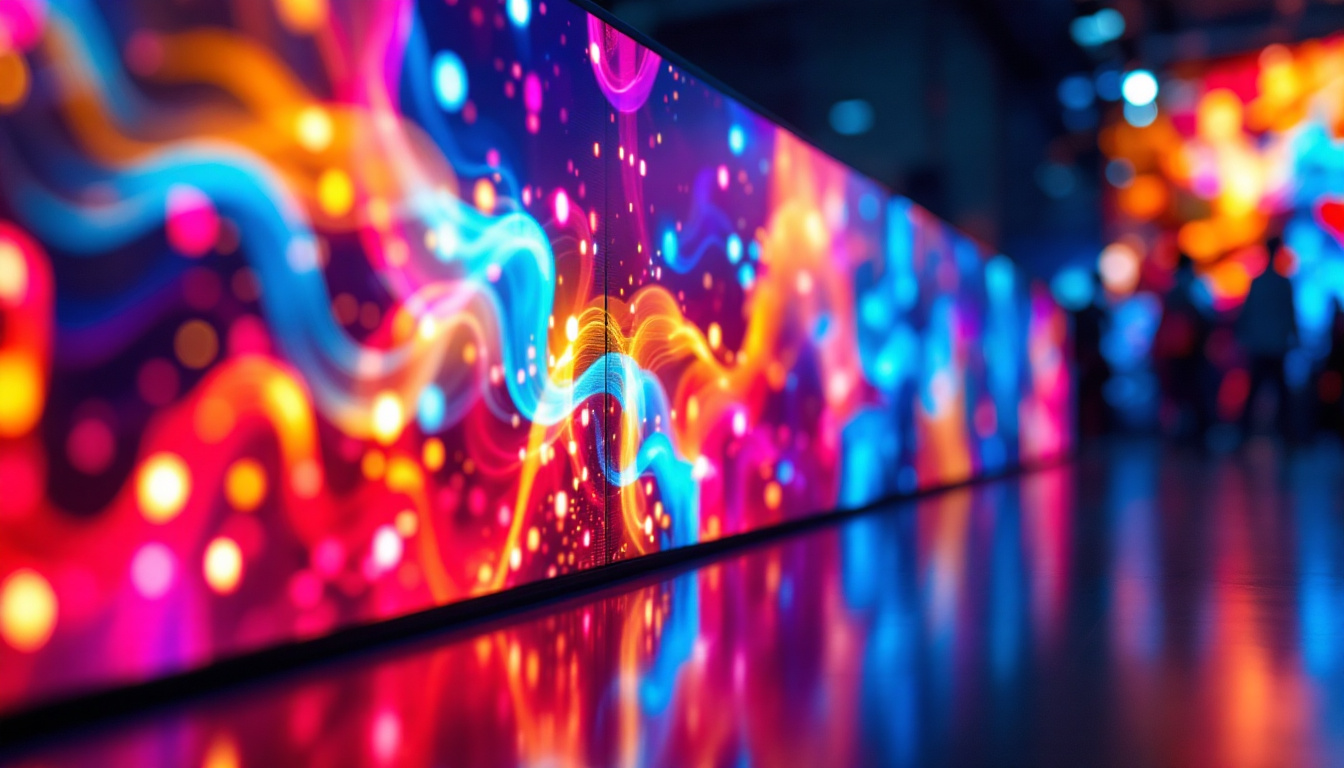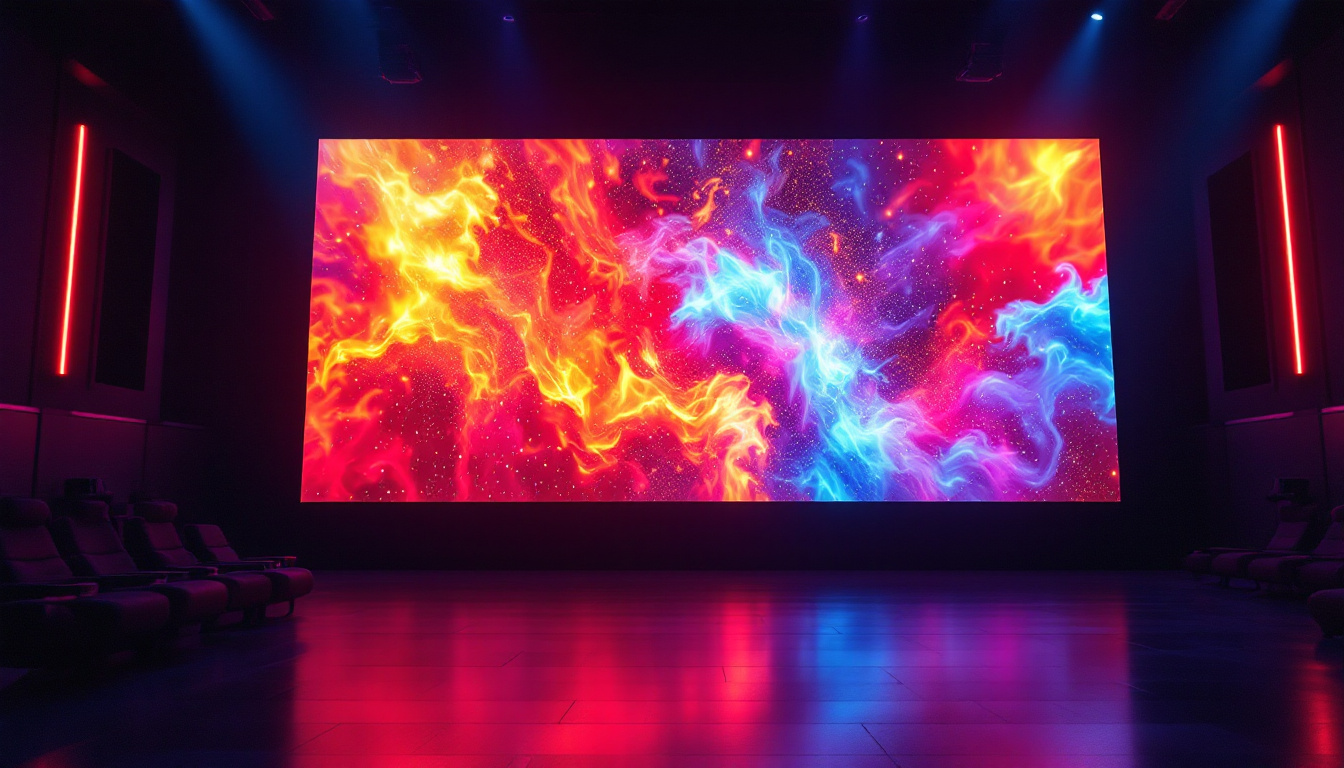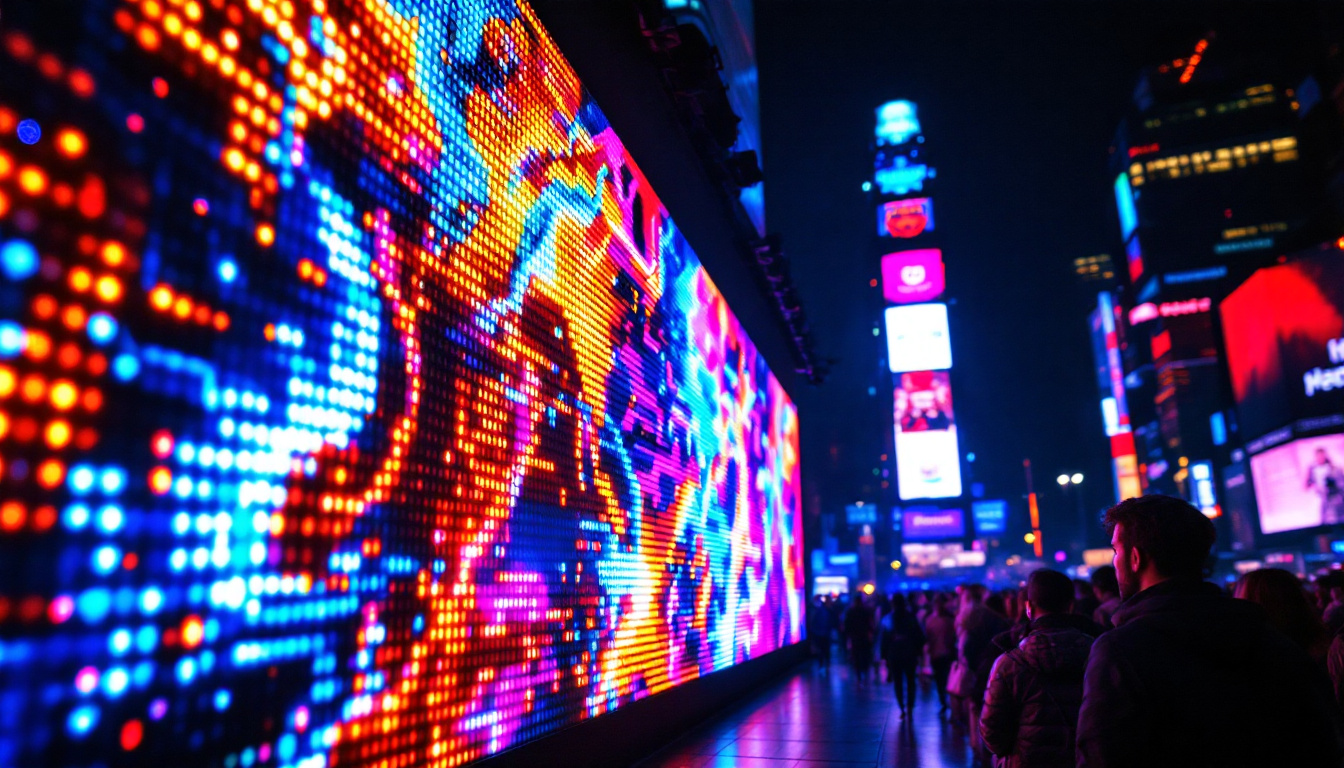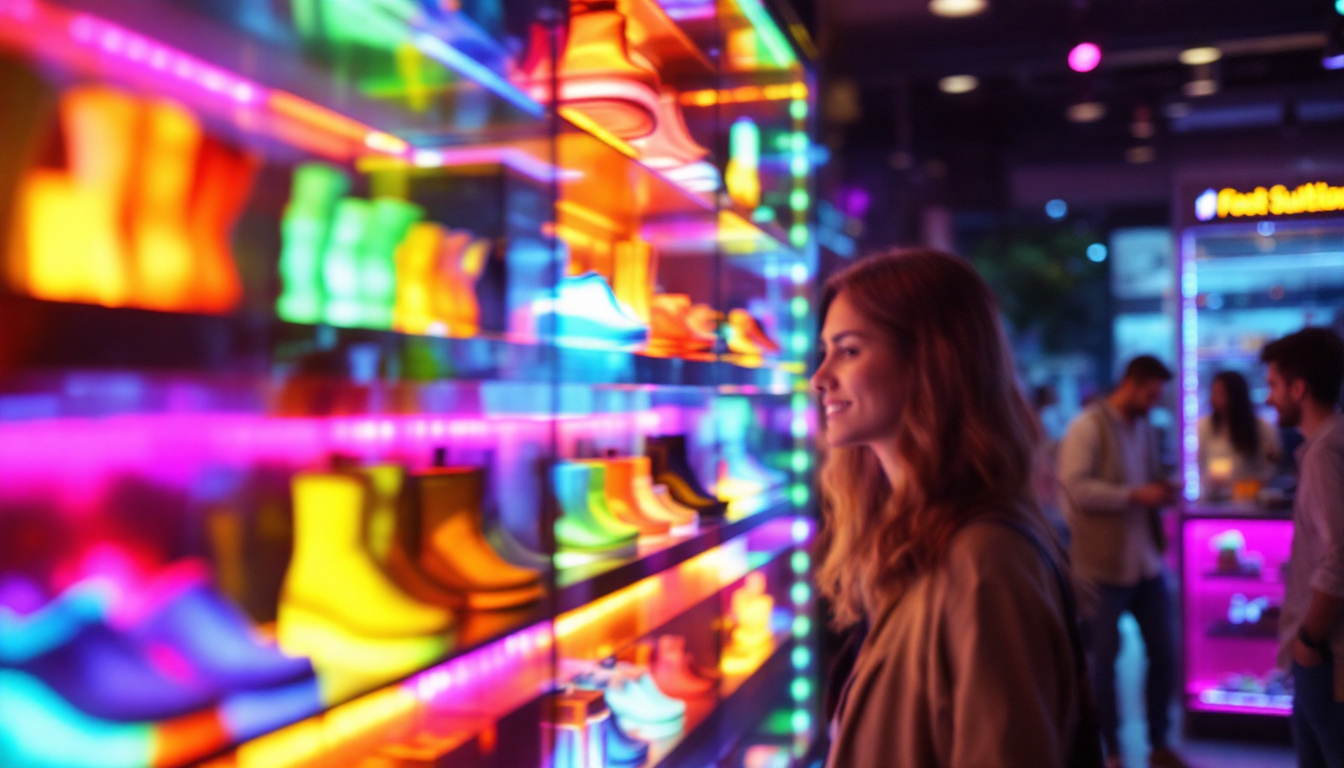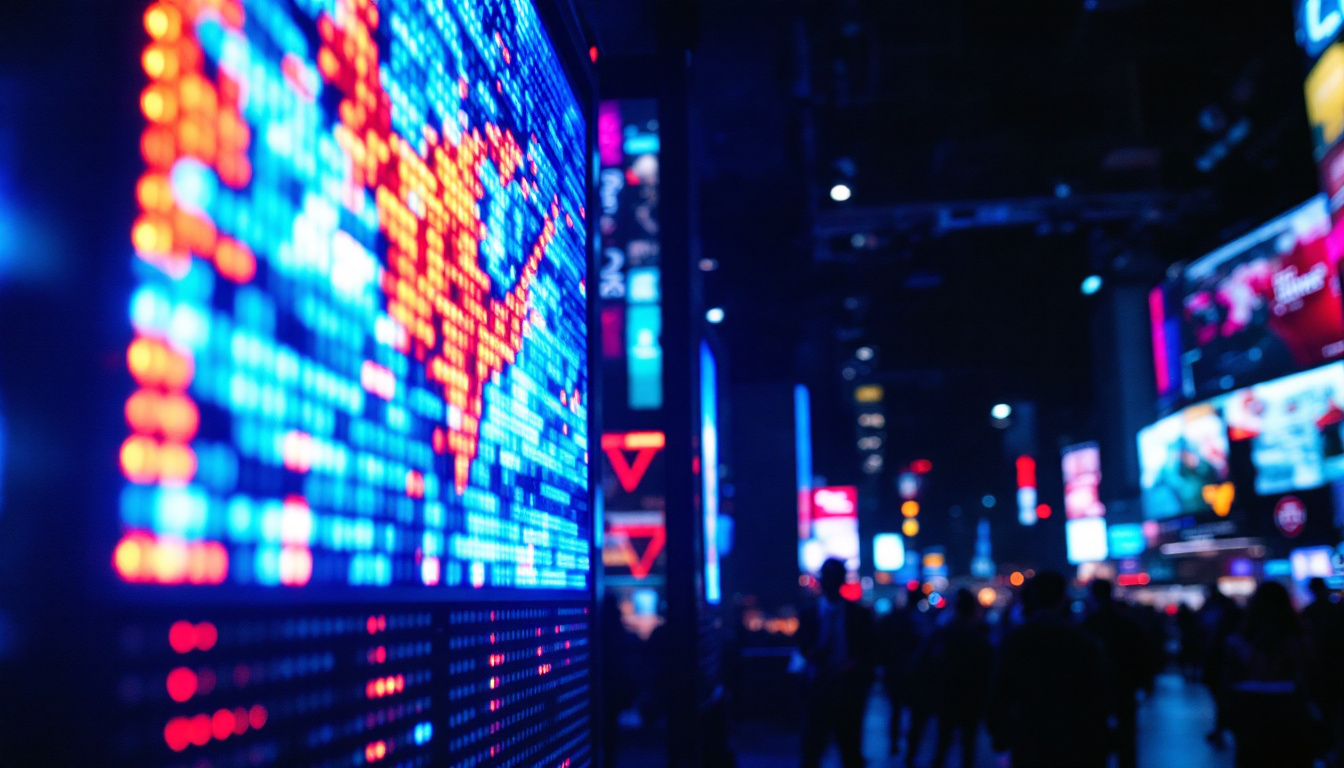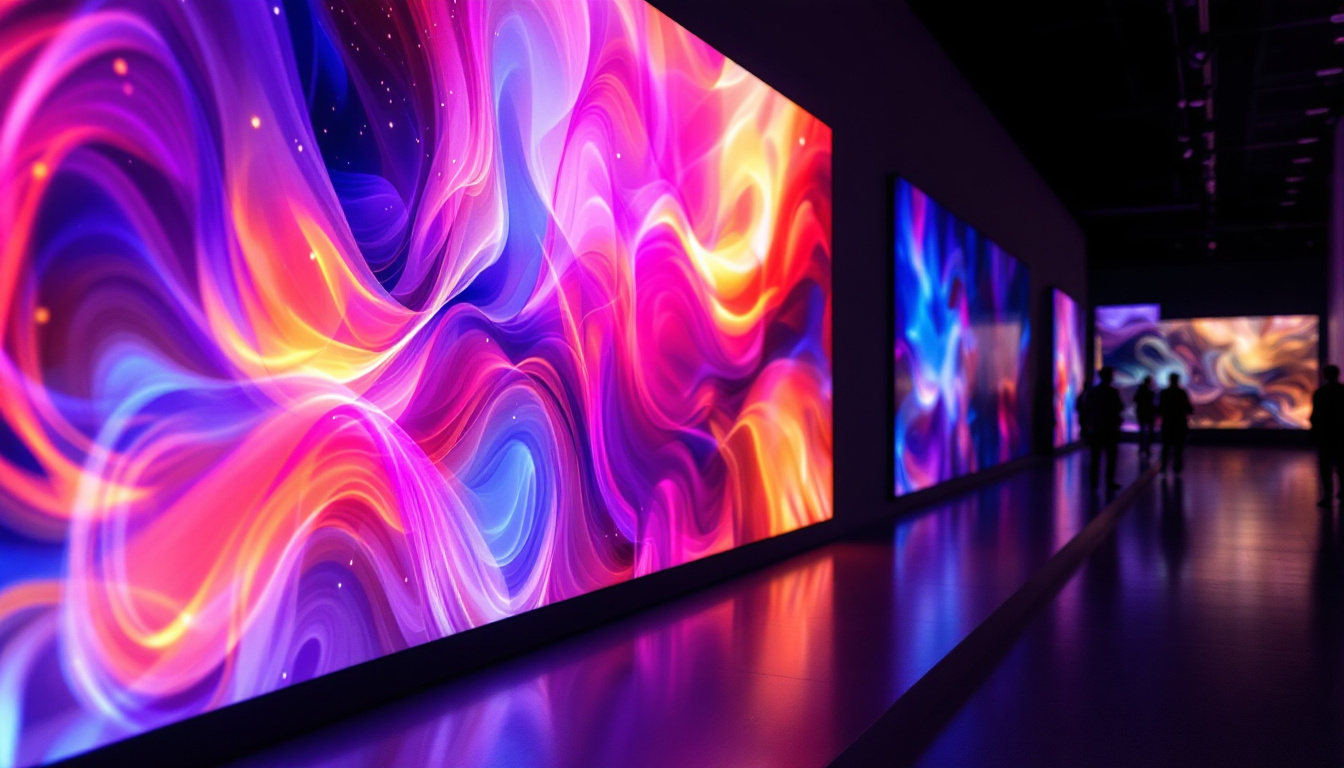In the realm of modern technology, the television back wall has evolved significantly, particularly with the advent of LED displays. These displays have transformed the way we consume visual content, offering vibrant colors, high contrast, and energy efficiency. This article delves into the intricacies of LED displays, their benefits, and how they have revolutionized the viewing experience.
Understanding LED Technology
Light Emitting Diode (LED) technology is a semiconductor device that emits light when an electric current passes through it. This technology has been harnessed in various applications, including televisions. The use of LEDs in display technology has brought about a significant shift in how images and videos are rendered on screens. The compact size and energy efficiency of LEDs have made them the preferred choice for modern displays, allowing for thinner designs and longer lifespans compared to traditional lighting methods.
Moreover, the environmental impact of LED technology is noteworthy. LEDs consume significantly less power than incandescent and fluorescent bulbs, which translates to lower electricity bills and reduced carbon footprints. This energy efficiency has made LEDs a popular choice not only for consumer electronics but also for large-scale applications such as street lighting and architectural illumination, further promoting sustainability in urban environments.
How LED Displays Work
LED displays operate by illuminating individual pixels using tiny diodes. Each pixel consists of red, green, and blue (RGB) subpixels, which combine to create a full spectrum of colors. When these diodes are activated, they produce light that forms images on the screen. The arrangement and density of these pixels contribute to the overall resolution and clarity of the display. With advancements in technology, manufacturers have been able to create displays with higher pixel densities, resulting in sharper images and more immersive viewing experiences.
There are two primary types of LED displays: direct-lit and edge-lit. Direct-lit LED displays have LEDs placed directly behind the screen, providing uniform brightness across the entire display. In contrast, edge-lit displays have LEDs positioned along the edges, which can result in thinner designs but may lead to uneven brightness in some cases. Additionally, some modern displays employ local dimming technology, which allows for better contrast by dimming specific areas of the screen while keeping others bright, enhancing the overall visual experience.
Types of LED Displays
LED technology can be categorized into various types based on their application and design. The most common types include:
- Standard LED Displays: These are typically used in home televisions and offer a good balance of performance and cost.
- OLED Displays: Organic Light Emitting Diode displays provide deeper blacks and better contrast ratios by allowing individual pixels to turn off completely.
- QLED Displays: Quantum Dot LED displays enhance color accuracy and brightness by using quantum dots to filter light.
In addition to these, there are also specialized LED displays such as MicroLED, which consists of microscopic LEDs that can be used to create modular screens with incredible brightness and color accuracy. This technology is still in its infancy but holds great promise for the future of display technology. Furthermore, LED displays are increasingly being integrated into smart technology ecosystems, allowing for features like voice control and seamless connectivity with other smart devices, thereby enhancing user experience and interactivity.
The Advantages of LED Displays
LED displays have garnered significant popularity due to their numerous advantages over traditional display technologies. Understanding these benefits can help consumers make informed decisions when purchasing a television. As technology continues to evolve, LED displays stand out not just for their performance but also for their adaptability to various settings and uses.
Energy Efficiency
One of the most notable advantages of LED displays is their energy efficiency. Compared to older technologies like LCD and plasma, LED displays consume significantly less power. This not only helps reduce electricity bills but also contributes to a lower carbon footprint, making them an environmentally friendly choice. Furthermore, many LED displays come with energy-saving modes that automatically adjust brightness based on the content being viewed, further optimizing power consumption without sacrificing quality.
Superior Picture Quality
LED displays are renowned for their superior picture quality. The ability to produce brighter images with enhanced color accuracy and contrast makes them ideal for various viewing environments. Whether watching a movie in a dark room or a sports event in bright daylight, LED displays maintain clarity and vibrancy. Additionally, advancements in LED technology, such as local dimming and HDR (High Dynamic Range), have further elevated the viewing experience, allowing for deeper blacks and a wider range of colors that truly bring content to life.
Longevity and Durability
Another compelling advantage of LED technology is its longevity. LED displays typically have a lifespan of over 50,000 hours, significantly outlasting traditional displays. This durability means less frequent replacements and a better return on investment for consumers. Moreover, the robust construction of LED screens makes them less susceptible to damage from impacts or environmental factors, which is particularly beneficial in high-traffic areas or commercial settings. As a result, businesses and homeowners alike can enjoy the peace of mind that comes with a reliable and long-lasting display solution.
Versatility in Design
Beyond their technical advantages, LED displays also offer remarkable versatility in design. They can be found in a wide range of sizes and configurations, from large-scale outdoor billboards to sleek, ultra-thin models suitable for home theaters. This flexibility allows consumers to choose displays that fit their specific needs and aesthetic preferences. Additionally, many LED displays support wall mounting, enabling creative installations that can enhance the overall look of a room or public space. The ability to customize the display experience further solidifies LED technology as a leading choice for both personal and professional use.
Enhanced Viewing Experience
In addition to their impressive picture quality and energy efficiency, LED displays often come equipped with advanced features that enhance the overall viewing experience. Many models include smart technology, allowing users to access streaming services, browse the internet, and connect with other devices seamlessly. This integration of technology not only simplifies the user experience but also opens up a world of entertainment options. Furthermore, with features like voice control and compatibility with smart home systems, LED displays are becoming central hubs in modern households, making them not just a screen, but an essential part of everyday life.
Applications of LED Displays
LED displays are not just limited to home televisions; their applications span various sectors, including commercial, entertainment, and public information systems. Each application leverages the unique properties of LED technology to meet specific needs.
Commercial Use
In commercial settings, LED displays are used for advertising, digital signage, and information displays. Retailers often employ large LED screens to showcase products and promotions, attracting customers with vibrant visuals. These displays can be programmed to change content dynamically, making them versatile tools for marketing.
Entertainment and Events
In the entertainment industry, LED displays have transformed live events, concerts, and sports arenas. Large-scale LED screens are used to enhance the audience’s experience, providing clear visuals even from a distance. The ability to display high-resolution images and videos in real-time adds an immersive element to performances and events.
Public Information Systems
LED displays are also widely used in public information systems, such as transportation hubs, airports, and city centers. These displays provide real-time updates on schedules, directions, and important announcements, ensuring that the public stays informed. Their visibility and clarity make them ideal for conveying critical information quickly.
Choosing the Right LED Display
When selecting an LED display, several factors should be considered to ensure that the chosen model meets specific needs and preferences. Understanding these factors can help consumers make informed choices.
Screen Size and Resolution
The screen size and resolution are crucial elements to consider. Larger screens may be suitable for home theaters or commercial spaces, while smaller screens may be ideal for personal use. Additionally, higher resolutions, such as 4K or 8K, provide more detail and clarity, enhancing the viewing experience.
Brightness and Contrast Ratio
Brightness is another important consideration, especially for displays used in well-lit environments. A higher brightness level ensures that images remain clear and vibrant, even in bright rooms. The contrast ratio, which measures the difference between the darkest and brightest parts of an image, also plays a significant role in picture quality.
Connectivity Options
Connectivity options are essential for modern LED displays. Look for models that offer multiple HDMI ports, USB connections, and compatibility with various streaming devices. This flexibility allows users to connect a range of devices, from gaming consoles to sound systems, enhancing the overall experience.
Future Trends in LED Display Technology
The landscape of LED display technology is continually evolving, with innovations that promise to enhance performance and user experience. Keeping an eye on these trends can provide insights into what the future holds for LED displays.
MicroLED Technology
MicroLED technology represents a significant advancement in display technology. Unlike traditional LEDs, MicroLEDs are made up of microscopic individual LEDs, allowing for greater flexibility in design and improved picture quality. This technology promises to deliver even better color accuracy, contrast, and energy efficiency.
Flexible and Transparent Displays
As technology progresses, the development of flexible and transparent LED displays is gaining momentum. These displays can be integrated into various surfaces, including windows and walls, allowing for innovative design possibilities. This trend could revolutionize how spaces are designed and how information is presented.
Enhanced Interactivity
Future LED displays are expected to incorporate advanced interactivity features, enabling users to engage with content in new ways. Touch-sensitive screens and gesture recognition technologies may become standard, providing a more immersive and interactive viewing experience.
Conclusion
LED displays have undeniably transformed the television back wall, offering a range of benefits that enhance the viewing experience. With superior picture quality, energy efficiency, and durability, they have become the go-to choice for consumers and businesses alike. As technology continues to evolve, the future of LED displays looks promising, with innovations that will further enhance their capabilities.
Understanding the intricacies of LED technology, its applications, and how to choose the right display can empower consumers to make informed decisions. Whether for home entertainment or commercial use, LED displays are poised to remain at the forefront of visual technology, shaping how we engage with content for years to come.
Discover LumenMatrix LED Display Solutions
Ready to elevate your visual experience with the latest in LED display technology? Look no further than LumenMatrix, a pioneer in crafting immersive and dynamic LED displays for every application. From vibrant Indoor and Outdoor LED Wall Displays to innovative solutions like Vehicle LED Displays and LED Transparent Displays, LumenMatrix offers a comprehensive range of products designed to captivate your audience and amplify your message. Embrace the future of visual communication and check out LumenMatrix LED Display Solutions today to see how our cutting-edge technology can transform your space and engage viewers like never before.

